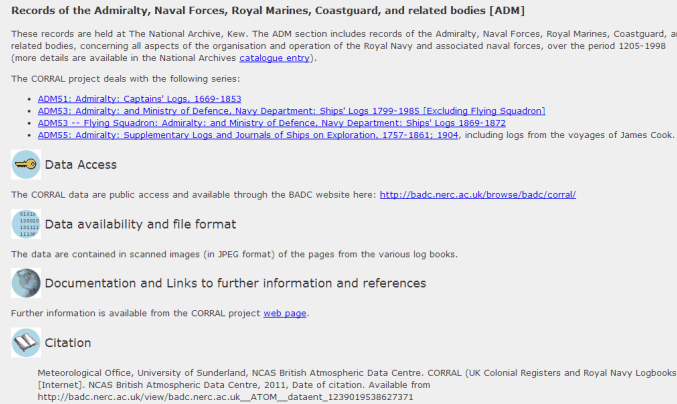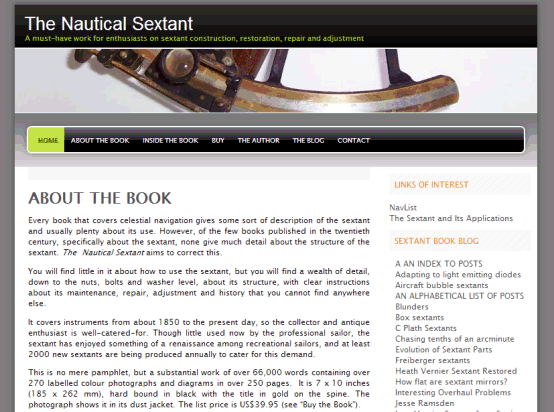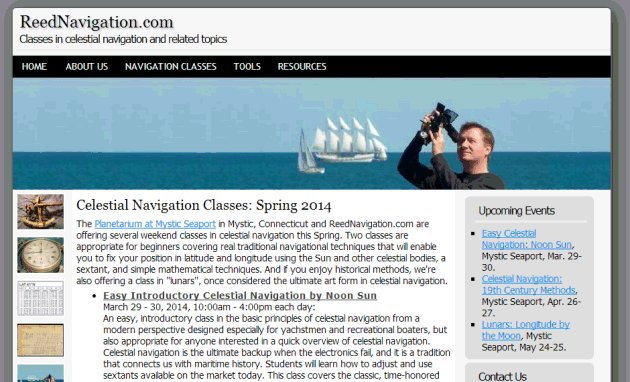
NavList:
A Community Devoted to the Preservation and Practice of Celestial Navigation and Other Methods of Traditional Wayfinding
From: Frank Reed
Date: 2025 Apr 12, 04:32 -0700
Looks good, David! Hey, for Stellarium on your computer, have you tried the web version?? Look for it at stellarium.org.
By the way, you can safely open Antoine/Kermit's link. It wasn't a secret method or anything --just a link back to my original post in this thread. Mentioning longitude, I think he was just saying that he could get the longitude by the "cheat" method -- identifying the pyramid! There's nothing wrong that "cheat", of course, if our goal is purely to determine a position fix from all available info in the photo. But another way of thinking about the puzzle is to see it as a case where we are attempting to prove that the sky above the pyramid is plausibly real. And I think it is. We can validate the latitude fairly well by astronomical details, and we can validate the azimuth direction of the photo by similar clues.
You wrote:
"I’ve been investigating a trick for getting longitude from Kochab, and invariably when you get down to the small print, you gotta have a watch. "
Ah yes. Where did you come across this recently? I've seen it erroneously in museum displays! This seems to happen rather regularly as people re-discover the concept of the "nocturnal" which was a relatively popular device (or toy?) around four centuries ago. It is true that one can measure "time" using the position of Kochab (or for that matter any other stars in the northern sky in the neighborhood of Polaris if they're above the horizon). The catch is that the time that is found is fundamentally Sidereal Time, which is identical to LHA Aries. But Sidereal Time is a type of Local Time, and this does not "solve the problem of longitude". Essentially a "nocturnal" is a night-time "sundial" ...the name nocturnal fits! Without some absolute time, from a clock (chronometer) or a radio transmission or from an astronomical phenomenon (like lunars, or an eclipse, or even a stellar explosion), sundials and nocturnals don't give us longitude.
But is there any other merit to a nocturnal? Can we do anything with an observed value for Sidereal Time? Sure we can. It's an observed value for LHA Aries so any time we need an estimated value for LHA Aries we can use this observed value. In particular, if we want to get the so-called "Q" correction for an altitude of Polaris to get an accurate latitude from it, that asks for LHA Aries. Observe the stars (with a nocturnal, or just eyeball) and they provide what we need...






